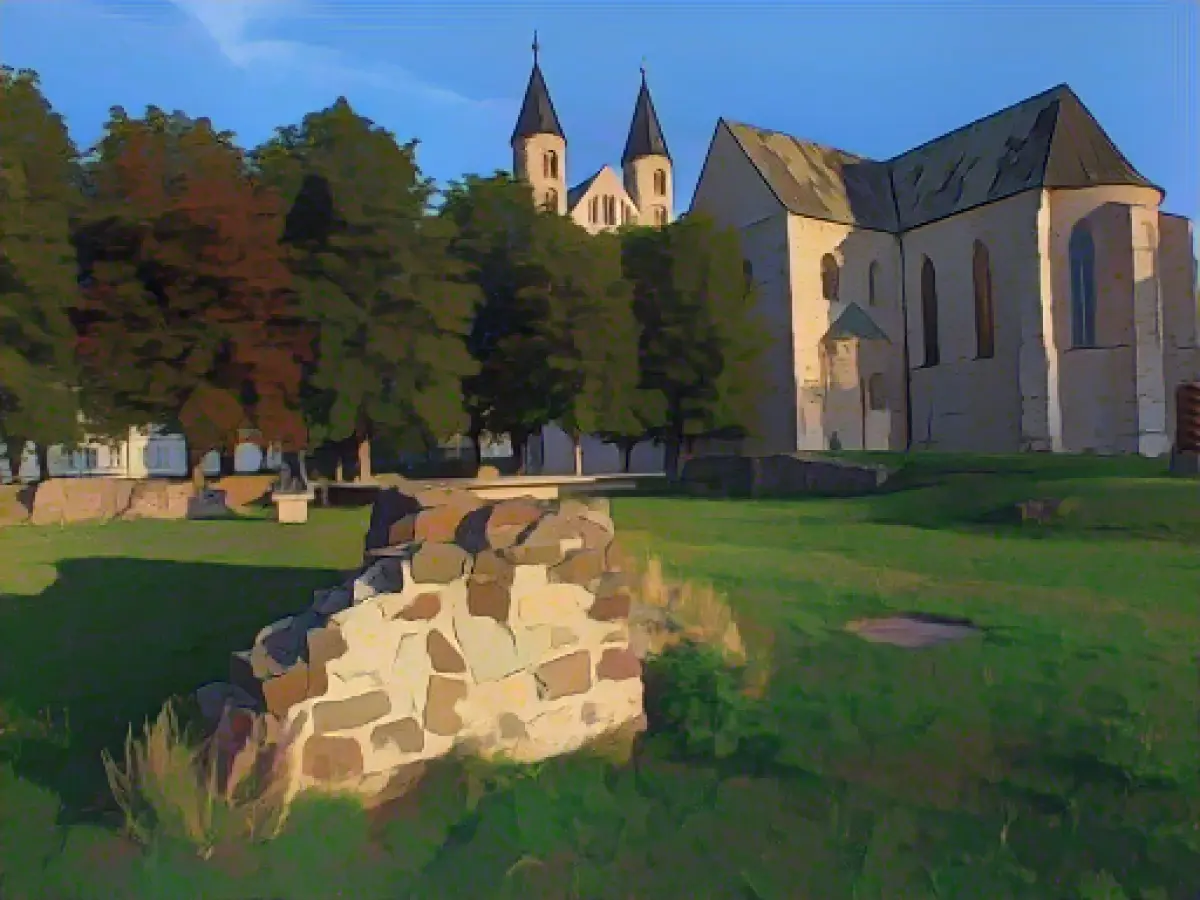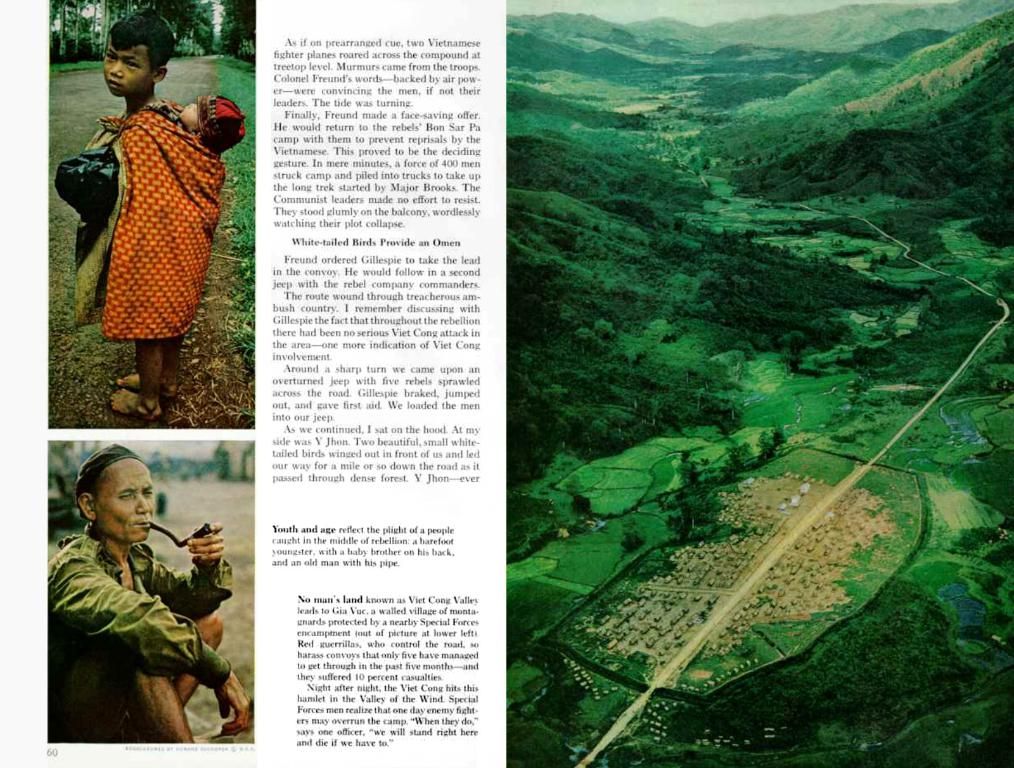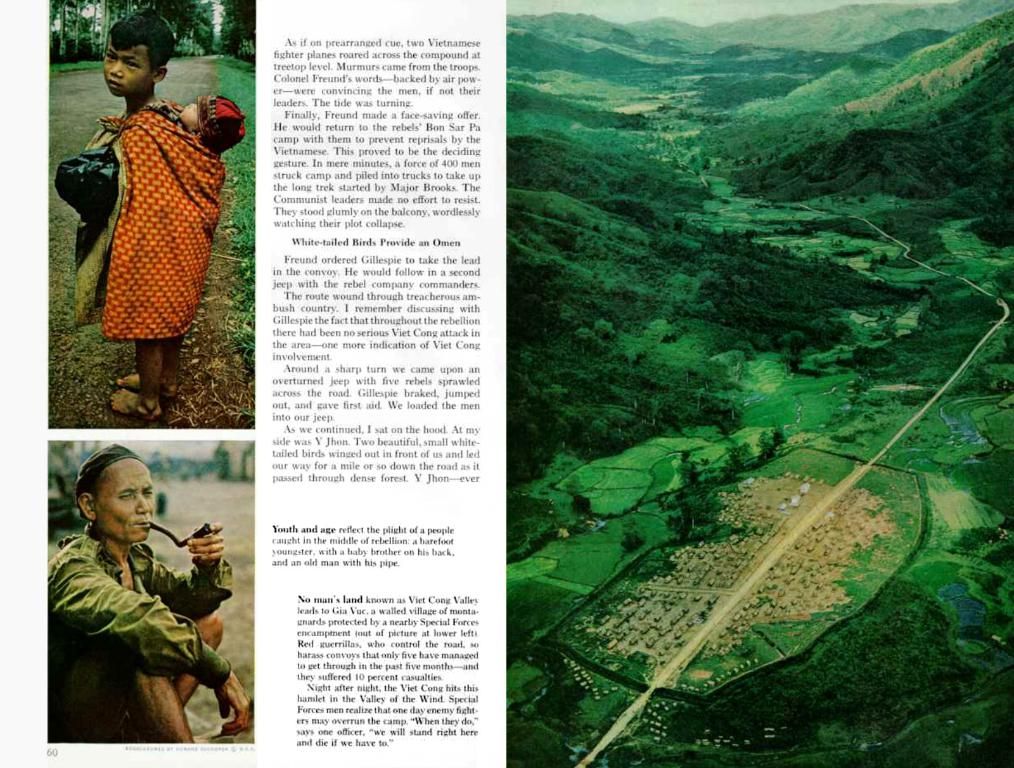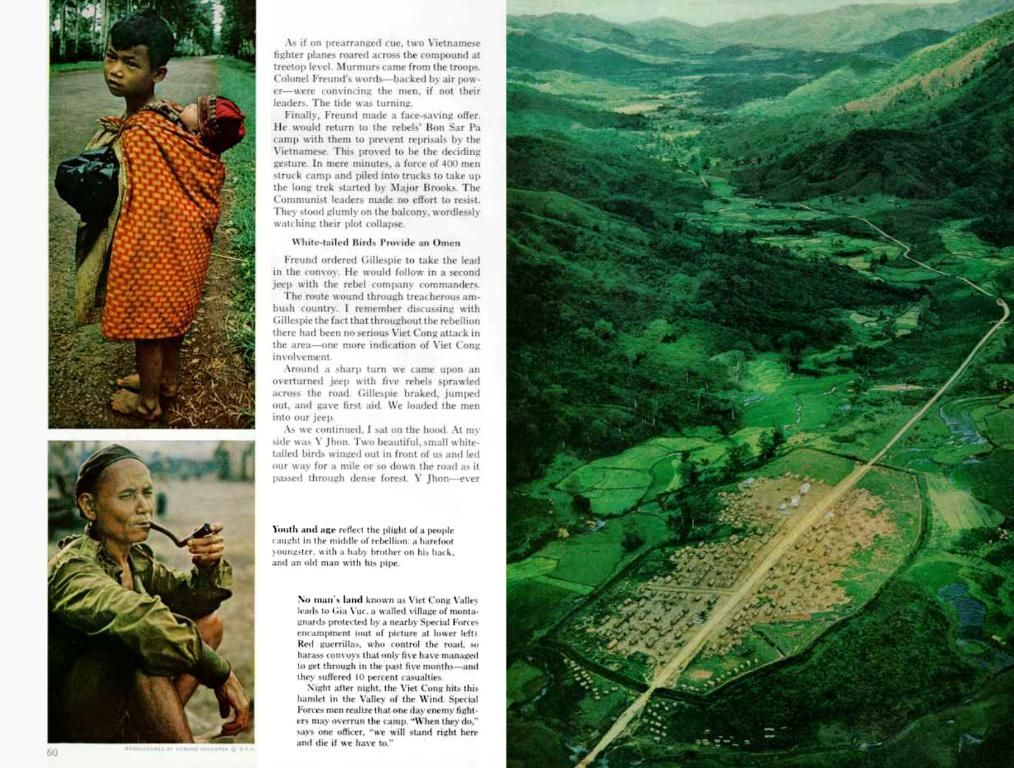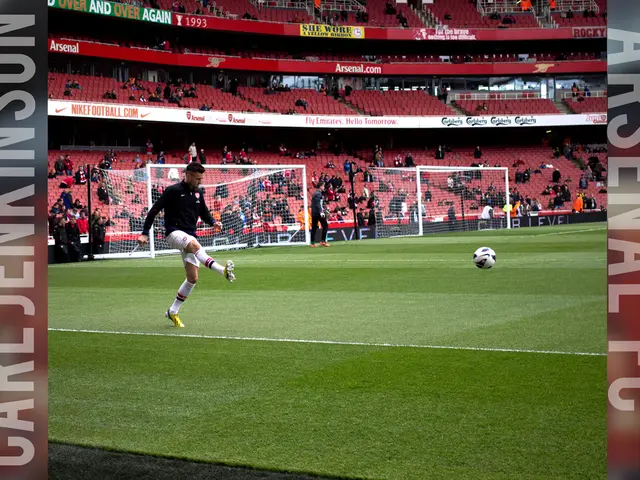Discover Ulrich Wüst's Photographic Journey at Kunstmuseum Magdeburg
Stepping into the hallowed halls of Kunstmuseum Magdeburg Kloster Unser Lieben Frauen, art enthusiasts are in for a treat. Until April 1, 2024, the institution is hosting an exhibition dedicated to the photographic work of Ulrich Wüst. The exhibition, titled "Haltepunkte," showcases a curated selection of his work spanning over three decades.
"Haltepunkte" is a compilation of ten photo series, with the most recent focusing on the Elbe in Magdeburg. Ulrich Wüst, born in the city in 1949, is known for his keen awareness of his times and his ability to capture the little oddities of everyday life. His work is marked by a unique sensitivity towards contemporary historical processes and the shifts they trigger.
"Haltepunkte" provides visitors with a fascinating insight into the evolution of contemporary art and photography. The exhibition offers an immersive experience into Wüst's world, where urban landscapes and societal transformations come alive through his lens.
Ulrich Wüst's oeuvre is a pictorial archaeology of recent German history, capturing moments of social change and the collision of old and new. His work is not just a historical record but also carries a profound personal and intellectual depth, inviting viewers to delve deeper into the urban environment and appreciate its subtle nuances.
Wüst's significance as an "observer of his time" lies in his ability to capture the essence of societal shifts with stark realism and unparalleled precision. His photographs offer unique perspectives, challenging viewers to look beyond the surface level and appreciate the complexities within urban environments.
Sources: www.dpa.com
Enrichment Data: Ulrich Wüst's photography is renowned for its exploration of the social and urban transformations in Germany, particularly during the GDR era and its dissolution. His photographs often reveal the deeper layers of importance associated with everyday situations, objects, and materials, making him an important observer of his time. His work has been described as a visual record of the transformations in German society, carrying personal and intellectual depth beyond mere documentation.
